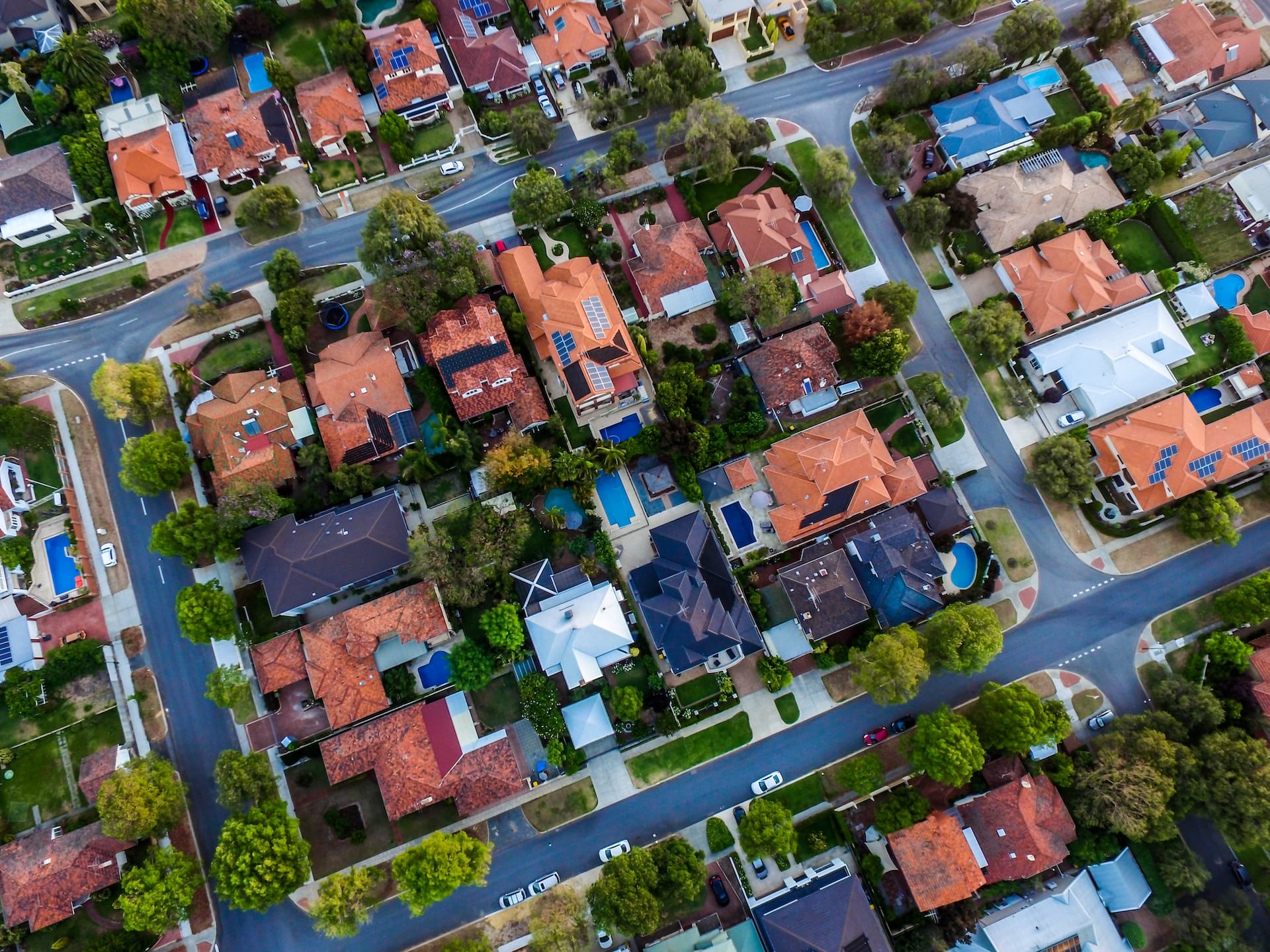From bustling metropolises to quiet suburbs, urban areas are integral to the social, economic, and cultural fabric of our societies. As your cities continue to grow and evolve, so too must your approaches to housing, energy, and waste management. This brings us to the concept of sustainable urban planning. With an emphasis on environmental stewardship, social equity, and economic prosperity, this approach can help you shape communities that are not only resilient and efficient but also affordable and inclusive.
Sustainable Urban Planning: A Primer for Diverse and Vibrant Communities
Before we delve into the role of sustainable urban planning in promoting affordable housing and inclusivity, it’s crucial to understand what the term entails. Sustainable urban planning is not just about “green spaces” or energy-efficient buildings; it’s a comprehensive approach that considers every aspect of urban life, from housing and transportation to waste management and public spaces.
A lire aussi : How can AI-powered language translation foster global communication and diplomacy?
At the heart of this approach is the understanding that your cities and communities are interconnected ecosystems. You can’t tackle housing affordability without also considering public transport, job opportunities, and social services. Similarly, you can’t address environmental issues without examining how they impact your residents’ quality of life.
How Sustainable Urban Planning Enhances Affordable Housing
When thoughtfully implemented, sustainable urban planning strategies can significantly increase the availability of affordable housing. They do this by making efficient use of space, promoting energy efficiency, and making the housing sector more resilient to climate change.
A lire en complément : Where can I find a reliable and trustworthy tattoo parlour ?
One of the strategies is densification, which involves increasing the housing capacity in urban areas. This can be achieved through a variety of means, such as building taller residential buildings, converting unused commercial spaces into housing, or allowing the construction of accessory dwelling units (ADUs). By increasing the supply of housing units, densification can help reduce housing costs and make cities more affordable for everyone.
Another key strategy is promoting energy efficiency in housing. Energy-efficient homes not only reduce the environmental impact of housing, but they can also make housing more affordable by cutting down energy costs for residents. This can be achieved through various means, such as improving insulation, using energy-efficient appliances, and harnessing renewable energy sources like solar and wind power.
Inclusivity and Social Sustainability
The concept of sustainable urban planning goes beyond environmental concerns. It also targets social sustainability, which refers to the creation and maintenance of fair, inclusive, and cohesive communities. One of the ways in which sustainable urban planning promotes inclusivity is by ensuring that all residents, regardless of their socioeconomic status, have access to essential services and public spaces.
For example, planning can encourage the development of mixed-income housing, which combines affordable and market-rate housing in the same community. This can help promote social cohesion and inclusivity by enabling residents from different income levels to live together and interact with each other.
Another aspect of social sustainability is ensuring access to essential services like schools, healthcare facilities, and public transportation. By ensuring that these services are readily accessible to all residents, sustainable planning can help reduce social inequalities and improve the quality of life for everyone.
Environmental Sustainability for Healthy and Livable Cities
Environmental sustainability is a significant aspect of sustainable urban planning. It’s about creating communities that are resilient to climate change, minimize waste, and respect the natural environment.
Healthy, livable cities require clean air, access to green spaces, and efficient waste management systems. Urban trees and parks not only contribute to air quality and provide habitats for wildlife but also promote mental health among residents. Efficient waste management, meanwhile, ensures that resources are used responsibly and minimizes pollution.
Public Involvement for Sustainable Urban Planning
Lastly, but perhaps most importantly, sustainable urban planning involves you. Public participation is key to ensuring that planning decisions reflect the needs and preferences of the community. By getting involved in urban planning processes, you can help shape your communities in ways that promote affordable housing, inclusivity, and sustainability.
Whether it’s through public consultations, community meetings, or online platforms, there are numerous ways to participate in urban planning. By voicing your ideas and concerns, you can contribute to the development of communities that are not only sustainable but also responsive to your needs and aspirations.
Leveraging Green Infrastructure for Sustainable Housing
Green infrastructure plays a pivotal role in achieving sustainable urban planning goals. By leveraging this concept, cities can promote affordable housing and inclusivity while positively impacting the environment. Simply put, green infrastructure involves using natural or semi-natural systems to provide a host of environmental, social, and economic benefits.
A prime example of this is the inclusion of green roofs and walls in urban development, acting as living, breathing elements of a building. These components not only improve aesthetics but also contribute to energy efficiency by providing natural insulation. This results in reduced energy costs for heating and cooling, making housing more affordable for residents.
The incorporation of green spaces such as parks, community gardens, and urban forests is another aspect of green infrastructure that promotes social equity and inclusivity. These spaces provide a multitude of benefits including enhancing the quality of life, promoting physical and mental health, and fostering social cohesion by providing communal areas where residents from all walks of life can interact.
Moreover, green infrastructure can also play a crucial role in urban areas’ resilience to climate change. By absorbing and storing rainwater, it decreases the likelihood of flooding, thereby reducing costs related to flood damage. It also helps mitigate urban heat island effects, providing a cooler, healthier environment for residents, particularly during heatwaves.
Community Engagement in Sustainable Urban Planning
The successful realization of sustainable and inclusive cities cannot be achieved without meaningful community engagement. Engaging the public in urban planning processes is not only crucial to ensure plans align with community needs and values, but it also fosters a sense of ownership and responsibility among residents.
One way to foster community engagement is by making the planning process transparent and accessible. This could mean providing clear and comprehensive information about proposed plans, ensuring the community understands the benefits of sustainable urban development and the role they can play in it.
Another strategy is to create inclusive platforms for public participation. This might include town hall meetings, public hearings, online surveys, and social media discussions. These platforms should be designed to accommodate people of all demographics, ensuring everyone has an equal opportunity to voice their opinions.
Ultimately, the goal is to empower residents to influence the development of their communities actively. By doing so, you can promote a shared vision for sustainable cities, thus encouraging collective action towards achieving sustainability goals.
Conclusion: Key Takeaways and the Way Forward
In conclusion, sustainable urban planning is a dynamic and multidimensional approach to urban development. It promotes affordable housing and inclusivity by taking into account diverse aspects of urban life, from housing and transportation to energy efficiency and access to services.
Key strategies encompass densification and energy efficiency for affordable housing, inclusivity through mixed-income housing and access to essential services, green infrastructure for environmental sustainability, and meaningful community engagement. Each component plays a crucial role in shaping sustainable, inclusive, and resilient urban areas.
Looking ahead, the challenge lies in implementing these strategies effectively and holistically. This will require strong political will, sound policies, adequate resources, and most importantly, active involvement from residents. Ultimately, everyone has a role to play in achieving sustainable cities. As you navigate the complexities of urban life, remember that your voice and actions can help shape the future of your communities towards a more sustainable and inclusive future.











